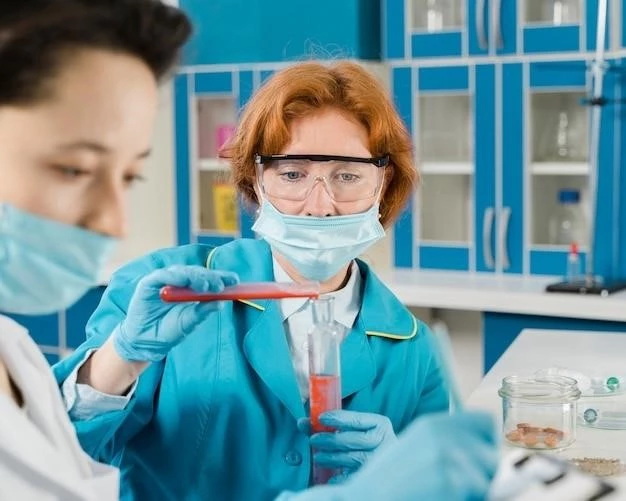Overview of Odontoonychodermal Dysplasia
Odonto-onycho-dermal dysplasia (OODD) is a rare form of ectodermal dysplasia characterized by severe oligodontia, onychodysplasia, palmoplantar hyperkeratosis, dry skin, hypotrichosis, and hyperhidrosis of the palms and soles․
Odonto-onycho-dermal dysplasia (OODD) is a rare form of ectodermal dysplasia․ It is characterized by severe oligodontia, onychodysplasia, palmoplantar hyperkeratosis, dry skin, hypotrichosis, and hyperhidrosis of the palms and soles․ The syndrome results from biallelic mutations in the WNT10A gene and exhibits a range of manifestations, from isolated tooth agenesis to the complete OODD phenotype․
The rare ectodermal dysplasia known as Odonto-onycho-dermal dysplasia (OODD) manifests severe oligodontia, onychodysplasia, palmoplantar hyperkeratosis, dry skin, hypotrichosis, and hyperhidrosis of the palms and soles․
Severe Oligodontia and Onychodysplasia
Odonto-onycho-dermal dysplasia (OODD) is characterized by severe oligodontia (missing teeth) and onychodysplasia (nail abnormalities), along with other ectodermal manifestations such as palmoplantar hyperkeratosis, dry skin, hypotrichosis, and hyperhidrosis of the palms and soles․ The condition is rare and requires specialized care for management․
Palmoplantar Hyperkeratosis and Dry Skin
Individuals with Odonto-onycho-dermal dysplasia (OODD) commonly exhibit palmoplantar hyperkeratosis, a thickening of the skin on the palms and soles, along with dry skin․ Managing these dermatological manifestations requires specialized care and skincare routines tailored to the unique needs of OODD patients․
Hypotrichosis and Hyperhidrosis
Common features of Odonto-onycho-dermal dysplasia include hypotrichosis (sparse hair) and hyperhidrosis (excessive sweating) of the palms and soles․ These manifestations, along with other ectodermal abnormalities, contribute to the complex clinical profile of the condition, requiring specialized care and management strategies for affected individuals․
Ectodermal Dysplasia Syndrome
Odonto-onycho-dermal dysplasia (OODD) is a rare form of ectodermal dysplasia, characterized by severe oligodontia, onychodysplasia, palmoplantar hyperkeratosis, dry skin, hypotrichosis, and hyperhidrosis of the palms and soles․
Association with WNT10A Gene Mutations
Odontoonychodermal dysplasia (OODD) is linked to mutations in the WNT10A gene․ These genetic alterations result in a spectrum of manifestations, ranging from tooth agenesis to the complete OODD phenotype․ Understanding the genetic basis is crucial for accurate diagnosis and personalized management of the condition․

Variability in Phenotypes
Odonto-onycho-dermal dysplasia (OODD) exhibits a wide range of manifestations, from isolated tooth agenesis to the complete OODD phenotype, reflecting the variability seen in individuals with this rare condition․
Range of Manifestations from Tooth Agenesis to OODD
Odontoonychodermal dysplasia (OODD) presents a spectrum of manifestations, from isolated tooth agenesis to the complete OODD phenotype, showcasing the varied clinical features that individuals with this condition may experience․
WNT10A gene mutations also contribute to other ectodermal dysplasias, including Schopf-Schulz-Passarge syndrome․ Understanding these related disorders helps in comprehensive management․

Related Disorders and Syndromes
WNT10A gene mutations contribute to various ectodermal dysplasias, including Odontoonychodermal dysplasia․ Understanding these related disorders aids in diagnosing and managing individuals with similar genetic conditions․
Comparison with Schopf-Schulz-Passarge Syndrome (SSPS)
Odontoonychodermal dysplasia shares some similarities with Schopf-Schulz-Passarge syndrome (SSPS), another disorder caused by WNT10A mutations․ Understanding the distinctions between these conditions is crucial for accurate diagnosis and tailored management approaches․
Diagnosis and Management
Challenges may arise in diagnosing Odontoonychodermal dysplasia due to its rarity․ Seek evaluation at expert centers familiar with this condition for accurate diagnosis and tailored management․
Challenges in Obtaining Correct Diagnosis
Due to its rarity, Odontoonychodermal dysplasia poses challenges in obtaining a correct diagnosis․ Seeking evaluation at expert centers familiar with this condition can help navigate the complexities and nuances of diagnosing this rare genetic disorder effectively․
Expert Centers for Odontoonychodermal Dysplasia
Accessing expert centers familiar with Odonto-onycho-dermal dysplasia can aid in accurate diagnosis and specialized management of this rare genetic disorder․ Seek guidance from organizations like the National Foundation for Ectodermal Dysplasias and the GARD Genetic and Rare Diseases Information Center to connect with knowledgeable healthcare providers experienced in handling this condition․
Support for Individuals with Odontoonychodermal Dysplasia
Find resources for patients and caregivers, and connect with expert centers for accurate diagnosis and specialized care tailored to Odontoonychodermal dysplasia․
Resources for Patients and Caregivers
Access resources provided by organizations like the National Foundation for Ectodermal Dysplasias and the GARD Genetic and Rare Diseases Information Center to support individuals with Odontoonychodermal dysplasia and their caregivers․ These resources can offer valuable information, guidance, and assistance in navigating the challenges associated with living with this rare condition․
